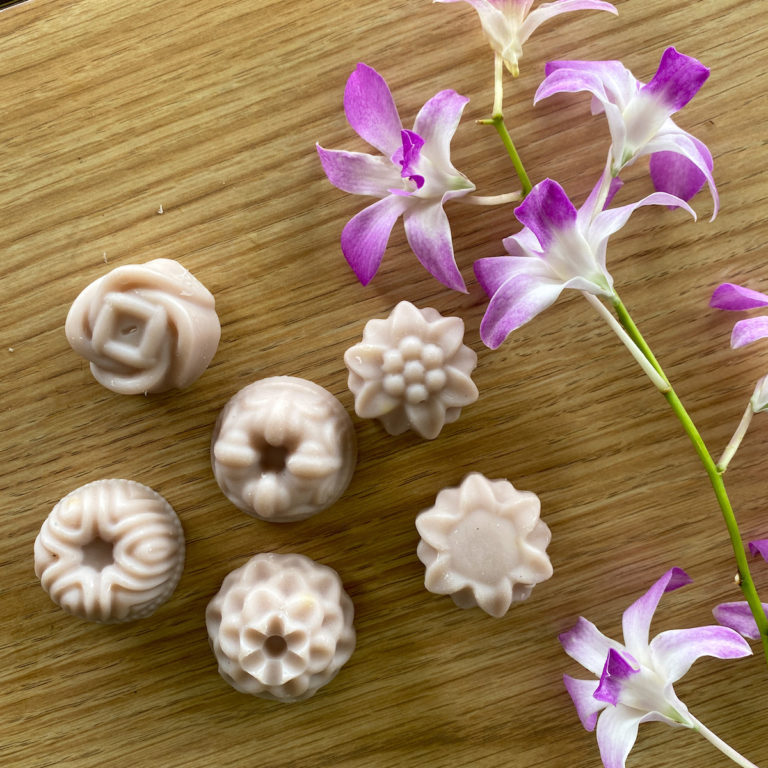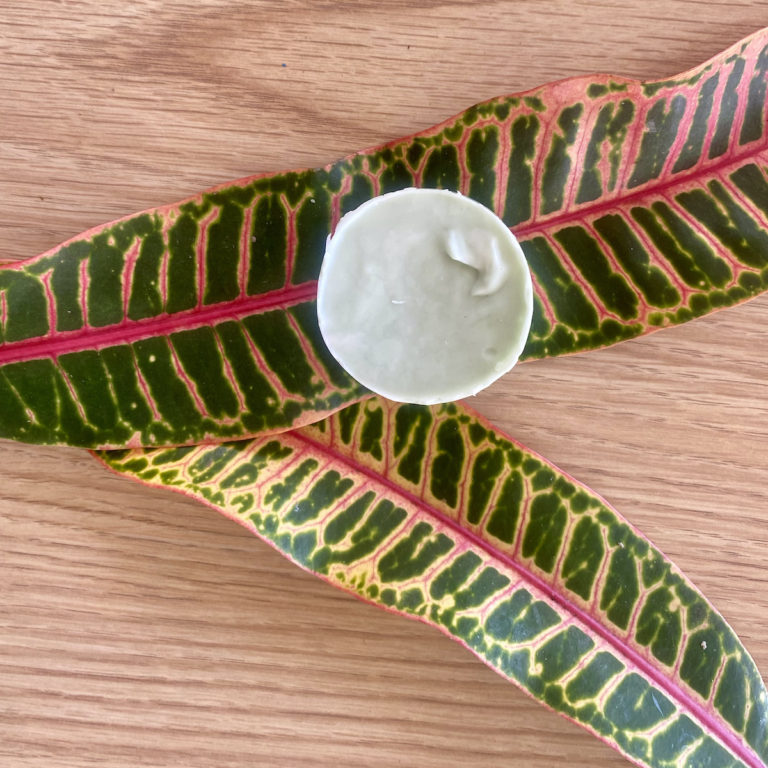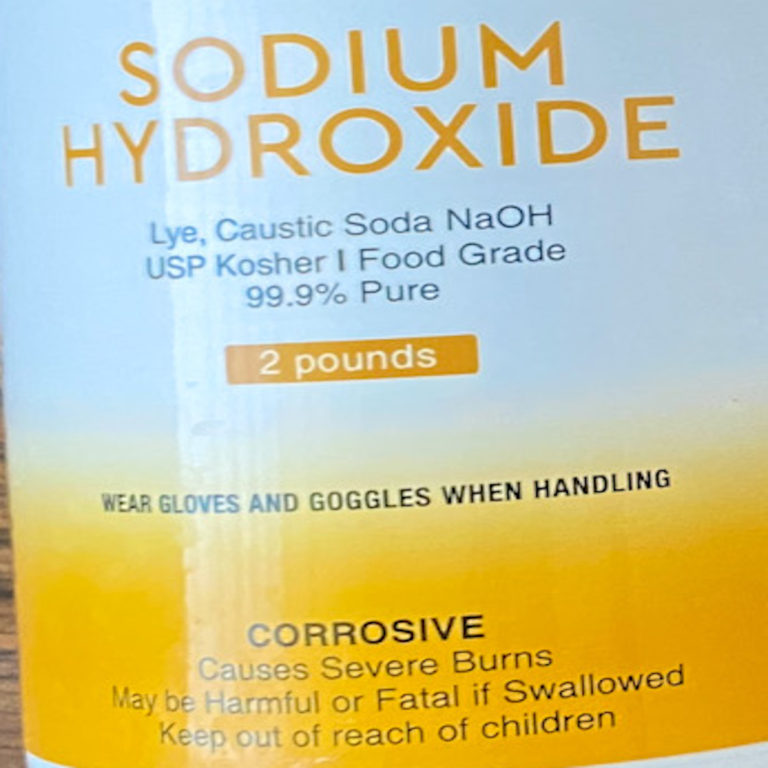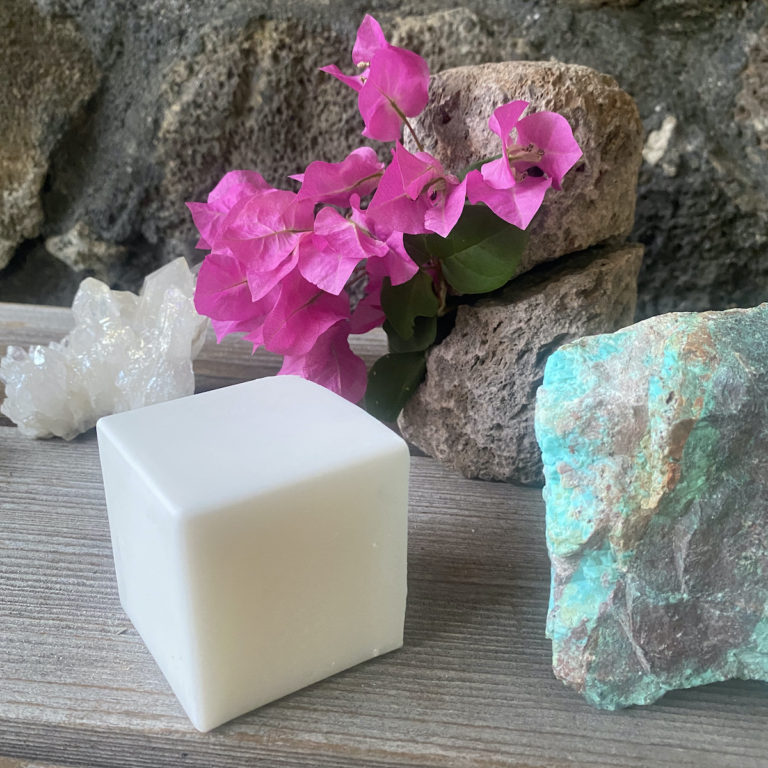Why Is My Lye Water Cloudy?
Soapmaking is full of unexpected issues that seem teeny tiny in the grand scheme of things, but you worry about it anyway because you want a good batch of soap, dammit. Cloudy lye solution is one of those issues.
There could be a number of different reasons for your lye water turning cloudy, and most of them aren’t a big enough deal that it would significantly affect your batch of soap. If your lye turns cloudy, my opinion is that you should go ahead and make your batch of soap as planned. Observe how it goes, how the soap feels and looks. You may decide it doesn’t affect your soap much at all, or you may decide you want to address it for future batches of soap.
I think lye solution is always cloudy when you first dump the lye in and start mixing everything around. Then it starts looking more clear than cloudy once all the lye is dissolved. So when we’re talking about cloudy lye water we’re talking about after the lye has dissolved.
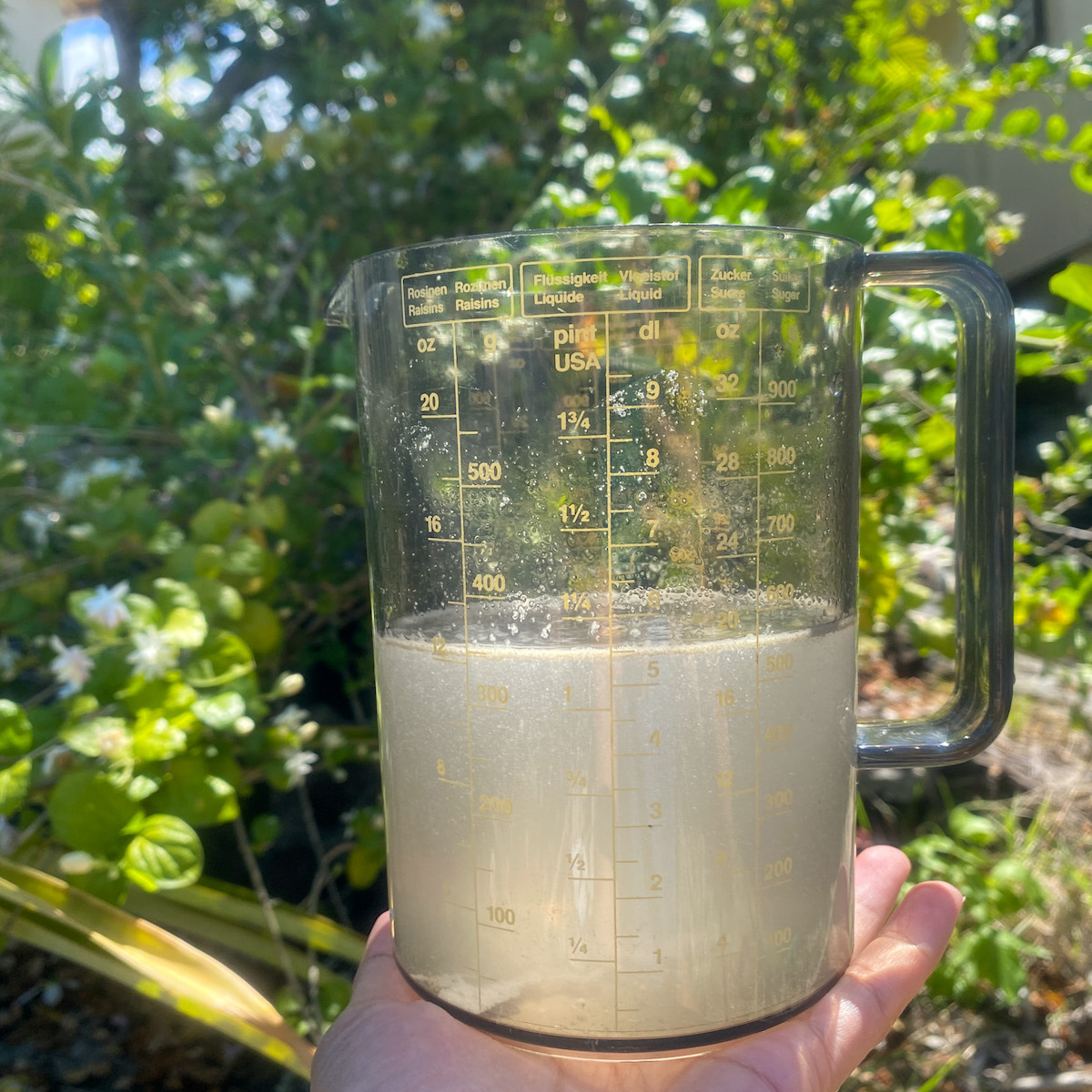
The first possible reason for cloudy looking lye solution is using tap water to create the solution instead of distilled. Tap water is nowhere near as pure as distilled, so the minerals or contaminents in your tap may be reacting to the lye in your solution, causing cloudiness. It’s also said that these contaminents and minerals could shorten the shelf life of your soap by causing rancidity of the oils that make the soap. Many report that their soap is less likely to suffer from the Dreaded Orange Spot (DOS) syndrome when using distilled water, so if your soap’s shelf life important to you, that cloudiness could be telling you to skip the tap and go with distilled.
Another possible reason for your lye water turning cloudy is the purity of your lye. When I first started soapmaking, I bought the 99% Pure Lye Drain Opener that you can probably find at your local hardware store. It totally worked and made some pretty good soap, but the lye was always cloudy each time I mixed it. Since I began buying lye from soaping suppliers or labs, the lye solution looks a lot better.
Another thing that could be happening is lye reacting with the carbon dioxide from the air in your environment, forming some sodium carbonate. It’s not that big a deal if this is the case, it just means a small portion of your lye was used up in reaction to the carbon dioxide. This in turn will lead to a slight increase in your superfat, but I doubt it would be enough where you have to worry or even think about it.
And lastly, be sure that whatever you’re mixing your lye water in is clean and appropriate for coming into contact with lye. I’m sure you already know this stuff, but you want to avoid mixing lye solution in dirty containers, metals other than stainless steel, and many even say not to mix it in glass because the extreme temperatures and caustic nature of lye will damage the glass over time. Mix lye solution in stainless steel or containers made of plastic #2 or plastic #5.
If you’re sure you’re working with a clean container made of the appropriate materials, start by experimenting with distilled water, then your source of lye, if you’d like to identify why your lye is cloudy. Then you can decide whether or not you want to do something to correct it.

